Refreshing watermelon-filled popping boba, ready to use in any drink! Use this recipe to create any flavored popping of your choice!
Jump to:
What is popping boba?
Popping boba, also known as bursting boba or juice balls, is a popular bubble tea topping characterized by its unique texture and flavor. Unlike traditional tapioca pearls, popping boba features a thin, gel-like outer shell filled with juice or flavored liquid that bursts upon biting, releasing a flavorful liquid.
Typically made through reverse spherification, where a sodium alginate mixture is dropped into a calcium bath to form a gel membrane, popping boba comes in various bright colors and flavors like strawberry, mango, and coffee. These delightful spheres are used in bubble tea, desserts, and beverages, adding a playful and tasty twist to any treat.

Equipment
- Blender or Immersion Blender: Ensures the sodium alginate is thoroughly dissolved in the liquid to prevent clumping and create a smooth mixture.
- Fine Mesh Strainer: Used to remove any undissolved particles from the boba mixture.
- Measuring Scale: Ensure accurate measurement of ingredients.
- Bowls: Used to prepare the calcium bath and to rinse the formed boba.
- Dropper or Syringe: Helps form consistent-sized boba spheres by carefully dropping the mixture into the calcium bath.
- Slotted Spoon: Used to remove the boba from the calcium bath and transfer them to the rinsing water.
Ingredients
Calcium Bath
- Water: Acts as the solvent for the calcium chloride, creating a medium in which the sodium alginate can react to form the gel membrane around the boba.
- Calcium Chloride: Provides calcium ions that react with the sodium alginate in the boba mixture to form a gel, creating the thin, gel-like outer shell that encapsulates the liquid inside the boba.
Boba Mixture
- Liquid of Choice: Forms the base flavor and liquid content of the boba. This can be any flavorful liquid, such as real fruit juice, coffee, or soda, that you want to encapsulate within the popping boba. Feel free to experiment with fun flavors!
- Sodium Alginate: Acts as a gelling agent. When dissolved in the chosen liquid, it reacts with the calcium ions in the calcium bath to form a gel. This creates the membrane that encases the liquid inside each boba sphere.
- Sugar (Optional): Adds sweetness to the boba mixture if desired, depending on the sweetness of the liquid used and personal preference.

How to make Popping boba
- Prepare a clean bowl filled with plain water to rinse the boba after they are formed.
- For larger boba use a small round spoon and fill it with the baba mixture. Then gently lower the spoon into the bath to create a large sphere


- Let the spheres sit in the calcium bath for 1-2 minutes to ensure they have a stable outer layer.



Frequently Asked Questions
What is the role of calcium chloride in this recipe?
Calcium chloride provides calcium ions that react with sodium alginate in the boba mixture to form a gel membrane. This reaction creates the thin, gel-like outer shell of the boba, encapsulating the liquid inside.
Why do I need sodium alginate?
Sodium alginate is a gelling agent that, when dissolved in your chosen liquid, reacts with calcium ions to form a gel. This process creates the membrane around the liquid, forming the popping boba.
Can I use any liquid for the boba mixture?
Yes, you can use any flavorful liquid for the boba mixture. Fruit juice, coffee, soda, or even flavored water are great options. The liquid you choose will determine the flavor of your popping boba.
Some fun flavors that are commonly used in boba shops include passion fruit, lychee, blueberry and strawberry!
How can I ensure the sodium alginate is fully dissolved?
Use a blender or immersion blender to thoroughly mix the sodium alginate into the liquid. This helps to avoid clumping and ensures a smooth mixture.
Is it necessary to add sugar to the boba mixture?
Adding sugar is optional and depends on your preference and the sweetness of the liquid you are using. If your chosen liquid is already sweet, you may not need to add extra sugar.
How long should I leave the boba in the calcium bath?
Let the boba sit in the calcium bath for 1-2 minutes to ensure they have a stable outer layer. This will allow the gel membrane to form properly around the liquid.
How do I store popping boba if not using immediately?
If not using immediately, store the boba in a syrup or flavored liquid of your choice to maintain their texture and flavor. This helps to prevent them from drying out or losing their flavor.
Can I reuse the calcium bath?
It is best to prepare a fresh calcium bath for each batch of boba to ensure the concentration of calcium ions is sufficient for proper gelling.
What can I use popping boba for?
Popping boba can be used in bubble tea, desserts like ice cream and yogurt. Or added to beverages such as smoothies and cocktails for a burst of flavor and fun texture.
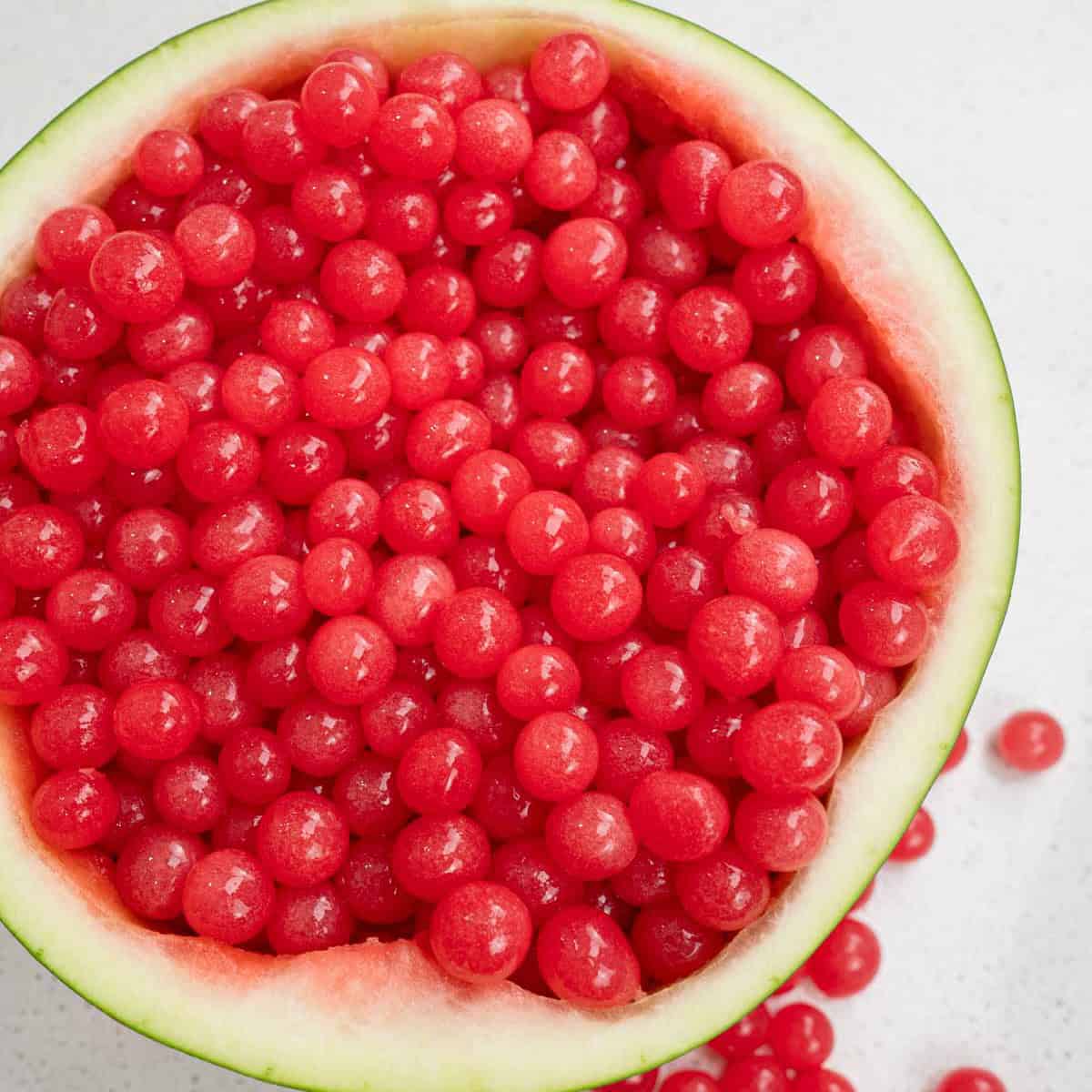
Let's Get Cooking
If you liked this recipe make sure to leave me a comment and rating down below, I would love to know how you went. Also don't forget to tag me on Instagram @catherine.desserts so I can see and share your desserts.
Follow me on facebook, pinterest, youtube and tiktok for more of my baking creations and updates! Until next time... happy caking!
Print📖 Recipe
Popping Boba
Refreshing watermelon-filled popping boba, ready to use in any drink! Use this recipe to create any flavored popping of your choice!
- Prep Time: 60 minutes
- Total Time: 1 hour
- Yield: 2 Cups 1x
- Category: Boba
- Method: Intermediate
- Cuisine: Asian
Ingredients
Calcium bath
- 1L Water
- 5g Calcium chloride
Boba mixture
- 400ml of your choice of liquid (I use watermelon juice, you can use any other fruit juice, or your favorite drink like coffee, or soda)
- 5g Sodium alginate
- Sugar, to taste (optional)
Instructions
Prepare the Calcium Bath:
- In a large bowl, mix 1 liter of water with 5 grams of calcium chloride until fully dissolved. Set aside.
Prepare the Boba Mixture
- Pour 400ml of your chosen liquid into a blender or mixing bowl.
- Add 10 grams of sodium alginate to the liquid.
- Blend the mixture thoroughly using a blender or immersion blender to ensure the sodium alginate is completely dissolved.
- Optionally, add sugar to taste and blend until the sugar is dissolved.
- Let the mixture sit for at least 30 minutes to allow any air bubbles to dissipate.
Forming the Boba
- Prepare a clean bowl filled with plain water to rinse the boba after they are formed.
- Use a dropper or syringe to carefully drop small amounts of the boba mixture into the calcium bath. The drops will form into spheres and start to gel on the outside, creating a popping boba effect.
- For larger boba use a small round spoon and fill it with the baba mixture, then gently lower the spoon into the bath to create a large sphere
- Let the spheres sit in the calcium bath for 1-2 minutes to ensure they have a stable outer layer.
- Using a slotted spoon, carefully remove the boba from the calcium bath.
- Transfer the boba to the bowl of plain water to rinse off any excess calcium chloride.
- Let the boba sit in the plain water for a few minutes.
- Remove the boba from the rinsing water using the slotted spoon.
- Serve immediately in your favorite drink or dessert.
- If not using immediately, store the boba in a syrup or flavored liquid of your choice to maintain their texture and flavor.

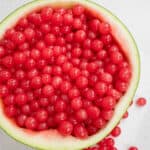
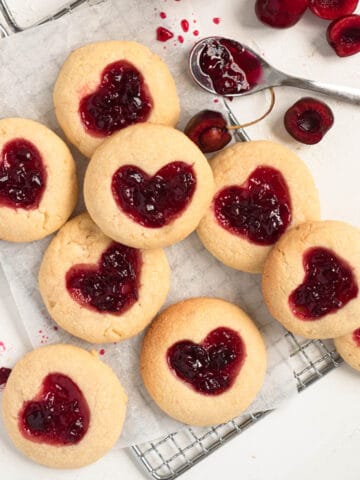
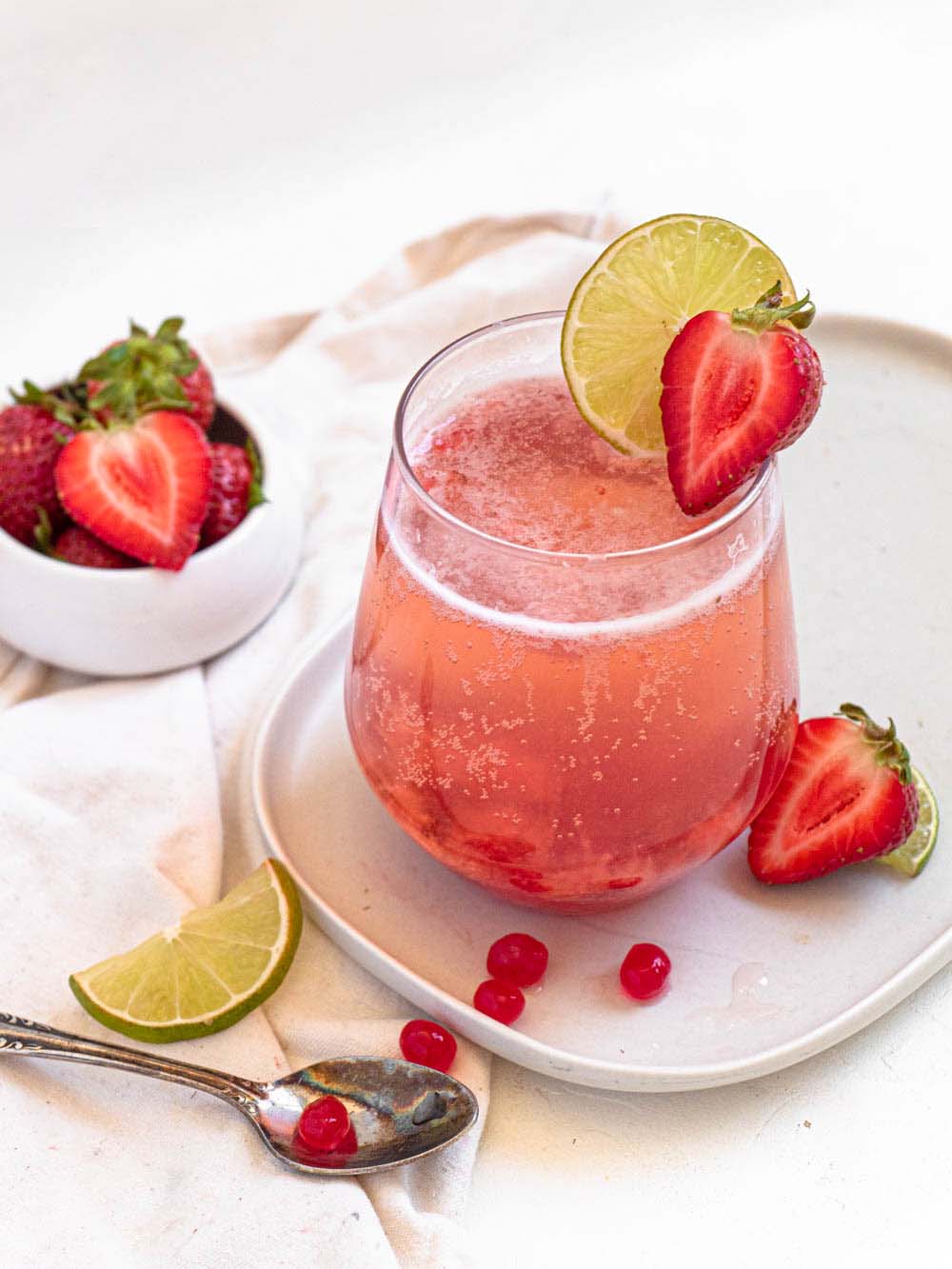

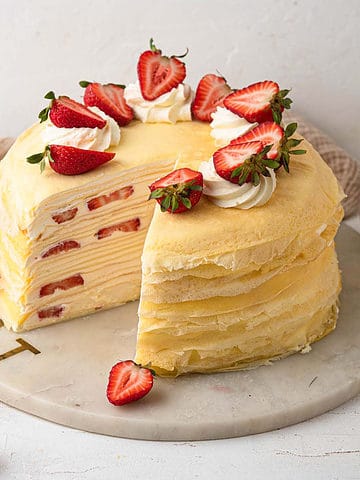
Mia S.
I’ve tried these a few different times now but I can never get them to have a bursting juicy center - they are always gelatinous throughout. I’ve tried using less sodium alginate and still get the same issues. When I try using more it tastes terrible. I’m blending ingredients and letting cool…any ideas on what I could be doing wrong? Very fun to make!